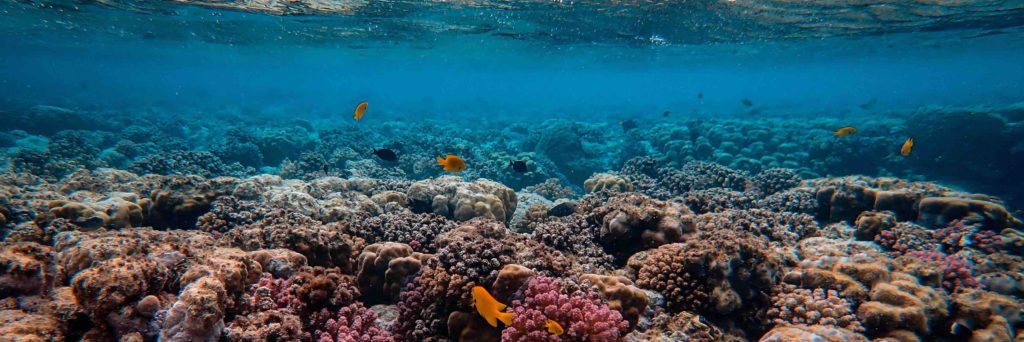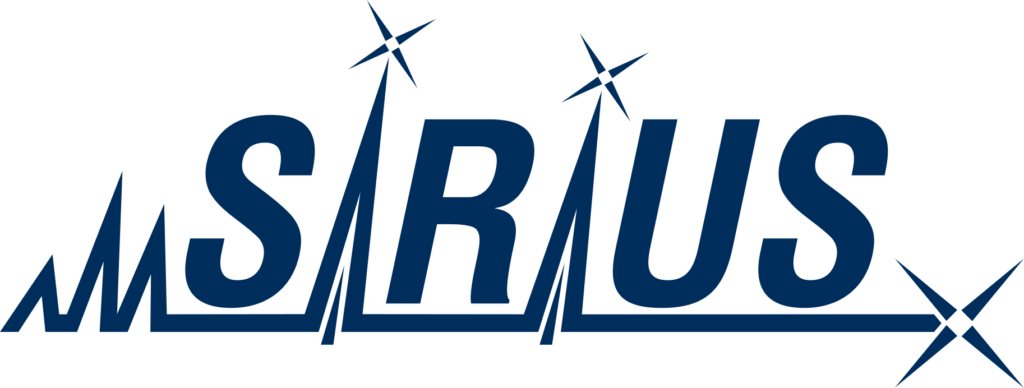Searching new therapeutic substances
The search for new therapeutic substances is one of the most pressing of our time. The sea offers a rich source of bioactive compounds with original structures and remarkable biological activity. These are often produced by microorganisms living in marine macroorganisms such as sponges. To harness the potential of these microbial metabolites, we need a method to prioritize microorganisms according to their chemical and biological potential, rather than studying hundreds of strains of bacteria and fungi.
Evaluating microbial potential
A common method for evaluating microbial potential is to identify gene clusters that encode the biosynthesis of certain specialized metabolites1. However, this method has limitations as some of the genes may be inactive under certain culture conditions. Researchers from the Universities of La Réunion, Geneva, Paris-Saclay and Liège have developed a method to prioritize microorganisms based purely on microbial extracts2. They isolated promising strains from the Indian Ocean sponge Scopalina hapalia and evaluated their chemical and biological potential, as well as the novelty of the metabolites discovered.
Ion Identity Molecular Networks and CSI:FingerID compound identification
They determined the chemical potential of the microbial extracts by using two analytical methods: HPLC-DAD-CAD was used to evaluate the abundance of specialized metabolites. High-resolution tandem mass spectra (UHPLC-QTOF-MS/MS) were used to create Ion Identity Molecular Networks3, which group MS2 spectra of the same molecule together. Most of the nodes in the generated networks are unique for each microorganism species, indicating a high degree of specificity. They used SIRIUS to determine the molecular formulae, and GNPS, SIRIUS, and timaR to annotate the molecules. For this purpose, the fragmentation spectra (MS2) were matched with spectral databases (GNPS)4 and in silico spectral databases (ISDB + timaR)5,6. In SIRIUS7, the CSI:FingerID8 module was used to annotate the molecule using molecular fingerprinting. In addition, they used the CANOPUS module to predict the compound class. All but 2 of the 57 annotated molecules were annotated by CSI:FingerID, 26 of which were annotated exclusively by this method. In addition to the presence of known bioactive molecules such as staurosporine, erythromycin, and chaetoglobosins, examination of the network also indicated novel compounds in clusters of interest.
In addition to the chemical potential, the researchers determined the biological potential by studying the cytotoxic effect against cancer cells and the antiplasmodial effect. They also determined the novelty of the extracts based on the number of metabolites present in LOTUS, DNP, and NP-Atlas: The fewer already known, the better.
Predicting compound classes in promising microorganisms
The researchers found three microorganisms with high chemical diversity and interesting biological activity: Micromonospora fluostatini, Chaetomium globosum, and Salinispora arenicola. The latter two are already known to be producers of interesting metabolites. Micromonospora fluostatini has been poorly studied and has great potential as a candidate for the search for new bioactive metabolites. For all unidentified metabolites in the microbial networks, CANOPUS can help predict compound classes in the future.
References
- 1.Kalkreuter E, Pan G, Cepeda AJ, Shen B. Targeting Bacterial Genomes for Natural Product Discovery. Trends in Pharmacological Sciences. Published online January 2020:13-26. doi:10.1016/j.tips.2019.11.002
- 2.Le Loarer A, Marcellin-Gros R, Dufossé L, et al. Prioritization of Microorganisms Isolated from the Indian Ocean Sponge Scopalina hapalia Based on Metabolomic Diversity and Biological Activity for the Discovery of Natural Products. Microorganisms. Published online March 8, 2023:697. doi:10.3390/microorganisms11030697
- 3.Schmid R, Petras D, Nothias LF, et al. Ion identity molecular networking for mass spectrometry-based metabolomics in the GNPS environment. Nat Commun. Published online June 22, 2021. doi:10.1038/s41467-021-23953-9
- 4.Wang M, Carver JJ, Phelan VV, et al. Sharing and community curation of mass spectrometry data with Global Natural Products Social Molecular Networking. Nat Biotechnol. Published online August 2016:828-837. doi:10.1038/nbt.3597
- 5.Allard PM, Péresse T, Bisson J, et al. Integration of Molecular Networking and In-Silico MS/MS Fragmentation for Natural Products Dereplication. Anal Chem. Published online March 1, 2016:3317-3323. doi:10.1021/acs.analchem.5b04804
- 6.Rutz A, Dounoue-Kubo M, Ollivier S, et al. Taxonomically Informed Scoring Enhances Confidence in Natural Products Annotation. Front Plant Sci. Published online October 25, 2019. doi:10.3389/fpls.2019.01329
- 7.Dührkop K, Fleischauer M, Ludwig M, et al. SIRIUS 4: a rapid tool for turning tandem mass spectra into metabolite structure information. Nat Methods. Published online March 18, 2019:299-302. doi:10.1038/s41592-019-0344-8
- 8.Dührkop K, Shen H, Meusel M, Rousu J, Böcker S. Searching molecular structure databases with tandem mass spectra using CSI:FingerID. Proc Natl Acad Sci USA. Published online September 21, 2015:12580-12585. doi:10.1073/pnas.1509788112





